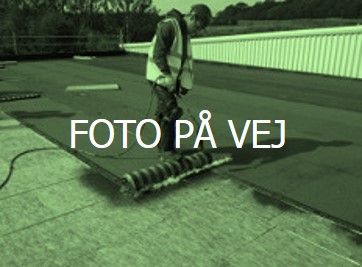

Energy optimisation of flat roofs
Type 5: 1960-2000
Initially, the extent of thermal insulation applied to industrialised multi-storey housing was quite limited. It was not until the 1970s, when the effects of two oil crises led to increased energy costs, that the building regulations were tightened in this regard and external walls with more insulation started to appear. However, with today’s standards relating to low energy consumption in buildings, a large number of these developments do not live up to current requirements on low U-values for roof structures, and many projects have therefore been set in motion to retrofit external insulation – which in some cases is supplemented with a new pitched roof.
Retrofitting insulation to finished buildings is not without its problems, from both a technical and an architectural point of view. The retrofitting of insulating materials results in changes to the temperature and moisture-transmission relationship in roof structures, which, if not properly handled, can lead to problems with dampness and mould fungus. In the majority of cases insulation is retrofitted externally – on top of the existing roof (e.g. as in a warm roof) – so that the dew point lies outside of the original structure. Architecturally, this solution is rarely seen from the ground level. The situation is otherwise if, simultaneously with the insulation, the building receives a pitched roof – whether this be a double- or mono-pitched roof. The advantages of this solution are that rainwater drains from the roof surface more easily, it is possible to hide ventilation, etc. and more use can be made of the structure, e.g. by installing and integrating solar cells or panels. The type and amount of insulating material depends on the chosen solution. However, in terms of its interaction with concrete, an external solution would be less constructive.